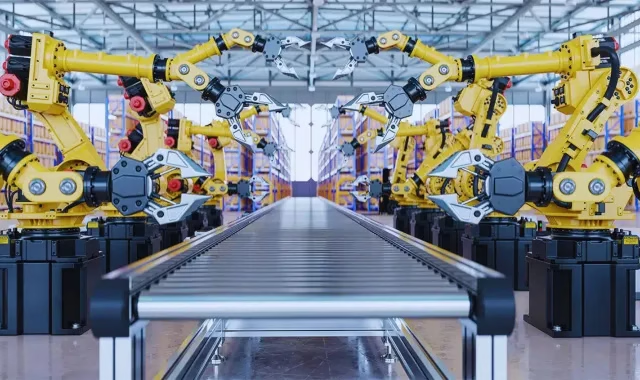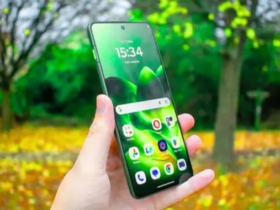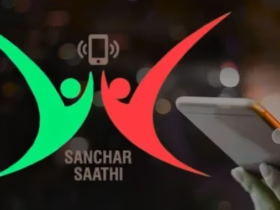The modern workplace has changed more in the last two decades than in the previous century. From cloud-based systems to AI-driven automation, technology has shifted the way employees communicate, collaborate, and perform tasks. The question, “How has new technology affected the modern workplace?”, doesn’t just invite a simple answer—it calls for a deep dive into productivity, job opportunities, workplace culture, and the rise of remote work.
For businesses and employees, technology is not only a tool but the very foundation of today’s work environment. It has redefined careers, job security, and organizational growth, making adaptability a core requirement.
Workplace Technology Evolution Over the Years
how has new technology affected the modern workplace? continuously reshaped workplace structures, giving rise to both opportunities and challenges. To better understand the impact, let’s compare how the workplace has evolved from the past into the digital-first present.
| Era | Technology in Use | Impact on Workplace |
| 1980s–1990s | Fax machines, landline phones, floppy disks | Limited speed of communication and data storage |
| 2000s | Emails, basic internet, desktop computers | Faster business communication, digital documents replace paper |
| 2010s | Cloud storage, smartphones, project management tools | Remote collaboration begins, rise of flexible jobs |
| 2020s | AI, automation, hybrid work models, virtual offices | Increased productivity, remote-first companies, skills shift |
Technology and Productivity in the Modern Workplace

- Automation eliminates repetitive tasks like data entry, invoicing, or scheduling.
- Cloud computing allows employees to access files instantly, increasing speed.
- AI-driven insights help managers make quick and accurate decisions.
How Has New Technology Affected Jobs and Careers?
Technology has had a dual impact on employment: while it creates new opportunities, it also reduces demand for certain roles.how has new technology affected the modern workplace?
- Job Creation: Industries like IT, data science, AI development, digital marketing, and cybersecurity have grown exponentially.
- Job Reduction: Repetitive manual jobs—such as cashiers, basic clerical roles, and some factory tasks—are being replaced by automation.
- Upskilling Need: Employees now require continuous training in digital skills, coding, AI tools, and cloud systems to remain competitive.
how has new technology affected the modern workplace?.Instead, lifelong learning has become the new job security.how has new technology affected the modern workplace?
Remote Work and Flexible Models
If one change stands out in the modern era, it’s the rise of remote work. Technology has made it possible for millions of professionals to work from home or anywhere in the world.
- Video conferencing tools like Zoom and Google Meet have replaced face-to-face meetings.
- Hybrid models allow employees to split time between office and home.
- Collaboration apps ensure productivity is not compromised by distance.
This flexibility has improved work-life balance for many but has also blurred the lines between personal and professional life.
Workplace Communication and Collaboration
Gone are the days when memos and phone calls were the only means of workplace communication. Now:
- Instant messaging apps (Slack, WhatsApp Business) provide quick updates.
- Cloud platforms (Google Drive, Dropbox) allow multiple employees to edit the same document simultaneously.
- Global collaboration means teams across continents can work together seamlessly.
However, this also leads to digital fatigue, as employees often feel pressured to stay connected 24/7.
Artificial Intelligence, Automation, and the Future of Work
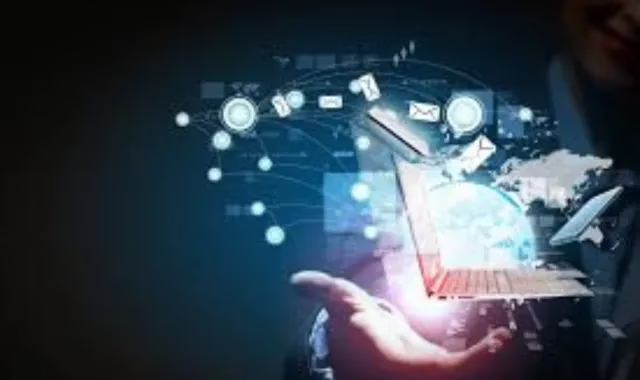
While this boosts efficiency, it raises an important question: Will AI replace human jobs completely? The answer is no—instead, AI will replace certain tasks, while creating demand for human creativity, problem-solving, and emotional intelligence. AI and automation have already become central to workplace operations.how has new technology affected the modern workplace?
- AI-powered chatbots handle customer queries.
- Predictive analytics help businesses anticipate consumer behavior.
- Robotic Process Automation (RPA) performs repetitive tasks faster and error-free.
Cybersecurity and Data Challenges
The more workplaces rely on technology, the more vulnerable they become to cyber threats.
- Data breaches can expose sensitive company and employee information.
- Phishing attacks target employees through email and messaging apps.
- Cybersecurity training is now essential for every workplace.
Companies are investing heavily in encryption, firewalls, and secure authentication systems to ensure workplace safety.how has new technology affected the modern workplace?
Benefits and Challenges of Technology in the Workplace
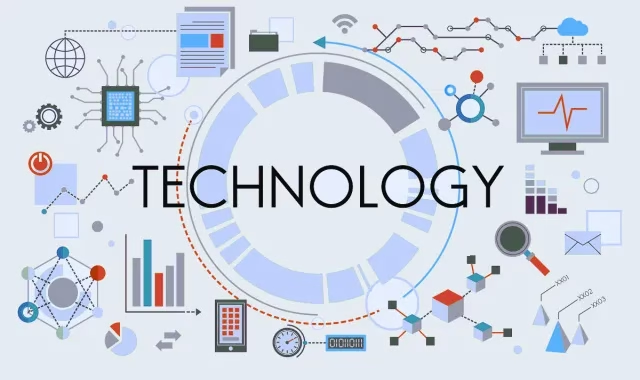
Benefits:
- Increased productivity
- Better collaboration across borders
- Flexible work schedules
- Improved customer service with AI tools
- Real-time data for decision-making
Challenges:
- Risk of job displacement
- Cybersecurity threats
- Digital fatigue and burnout
- Overdependence on technology
- High cost of adopting new systems
Future Trends in Workplace Technology
These innovations will continue to redefine how we perceive “going to work.” The future workplace will look even more advanced:
- Metaverse Offices: Virtual reality meeting rooms where employees interact as avatars.
- AI-First Hiring: Companies using AI to screen and recruit talent.
- Green Technology: Workplaces adopting sustainable tech to reduce carbon footprints.
- Wearable Devices: Monitoring employee health and productivity.
Case Studies: Real-World Examples
These examples show how different companies adapt based on their size and industry.
- Google: Adopted hybrid models with advanced AI-based collaboration tools.
- Microsoft: Transitioned to remote-first meetings using Teams, creating smoother workflows.
- Startups: Many small companies are now entirely remote, saving costs on office spaces.
Final thoughts

So, how has new technology affected the modern workplace? The answer lies in a balance of productivity, job opportunities, and adaptability. Technology has made workplaces faster, smarter, and more flexible—but it has also introduced new challenges that require ongoing solutions.how has new technology affected the modern workplace?
The future belongs to businesses and employees who embrace innovation while continuing to value human skills.
FAQs
How has new technology improved workplace productivity?
New technology streamlines workflows through automation, cloud storage, and AI insights. It reduces repetitive tasks, allowing employees to focus on creativity and problem-solving.how has new technology affected the modern workplace?
Will AI replace human jobs completely?
AI will not replace all jobs. Instead, it will automate repetitive tasks while creating new roles in technology, data management, and innovation-driven industries.
What are examples of technology in the modern workplace?
Examples include project management tools (Asana, Trello), cloud storage (Google Drive), instant communication (Slack), and AI-driven customer support chatbots.how has new technology affected the modern workplace?
How has remote work been made possible by technology?
Video conferencing apps, cloud-based file sharing, and collaboration platforms have enabled employees to work efficiently from anywhere in the world.
What challenges do employees face with new workplace technology?
Employees face digital fatigue, constant connectivity pressure, cybersecurity risks, and the need for continuous upskilling to keep pace with evolving tools.

